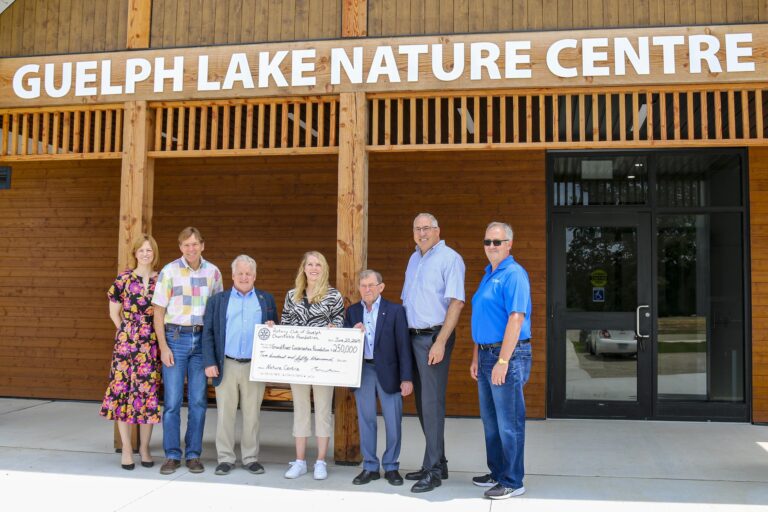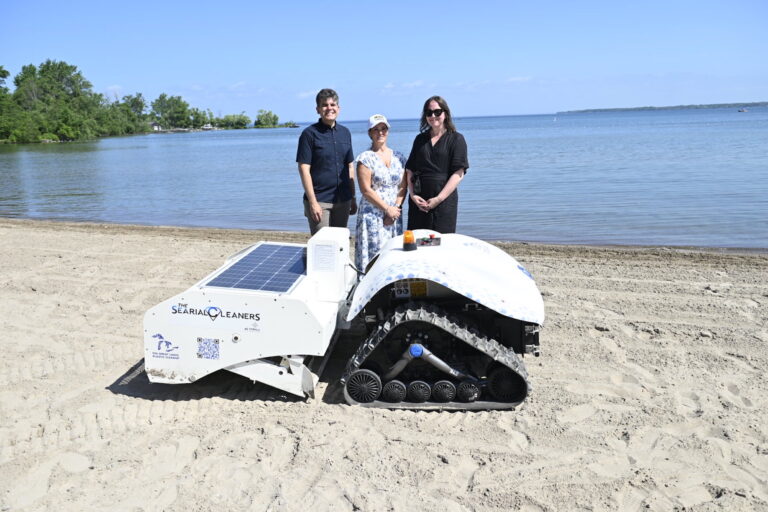Tuesday, July 1, 2025
The Government of Alberta has introduced a new framework to manage oil and gas liabilities – which includes a series of mechanisms and requirements to improve and expedite reclamation efforts – will enable industry to better manage the cleanup of oil and gas wells, pipelines, and facilities at every step of the process, from exploration and licensing, through operations, reclamation, and post-closure.
Setting clear expectations throughout the life cycle of oil and gas projects will provide certainty to industry and landowners, who will now have a defined opportunity to ensure the timely cleanup of sites on their property. Taken together, it is anticipated that the new framework will shrink the inventory of inactive and orphaned wells across the province, ensure more timely restoration of land to its original state, and protect future generations from experiencing a backlog of sites needing cleanup.
“Alberta has a world-class oil and gas sector that takes responsible resource development seriously. This new approach will further ensure everyone who benefits from development also addresses their ongoing reclamation responsibility in a way that is fair and achievable,” said Minister of Energy Sonya Savage. “By clarifying the rules and improving the process, industry can confidently make long-term investment decisions, which will help the province’s recovery efforts and create jobs, putting thousands of Albertans and Canadians back to work.”
The new framework, which will be implemented over the coming months:
- Upholds the polluter-pay principle, ensuring that industry is responsible for cleanup costs in a way that is fair and manageable.
- Puts an improved system in place to assess the capabilities of oil and gas operators to meet their regulatory liabilities obligations, prior to receiving regulatory approvals.
- Provides practical guidance and proactive support for struggling operators, helping them to manage and maximize their assets, and maintain their operations. Doing so will protect Albertans from the financial and environmental burden of more inactive or orphaned sites – while ensuring operators meet their environmental responsibilities.
- Establishes five-year rolling spending targets for reclamation that every active site operator must meet. This initiative includes the AER’s area-based closure program, through which companies work together to share the cost of cleaning up multiple sites in an area.
- Establishes a formal opt-in mechanism for landowners to nominate sites for cleanup. These sites must then be reviewed by the regulator, with operators responsible for justifying why a site should not be immediately brought through closure stages.
- Implements a process to address legacy and post-closure sites – or sites that were abandoned, remediated or reclaimed before current standards were put in place, and sites that have received reclamation certificates and the operator’s liability period has lapsed. A panel will be established to consider how to address this gap, bringing these sites up-to-date with the current environmental requirements.
“The Metis Settlements have long been advocates for responsible resource development. That means ensuring the work of cleaning up is central to those operations,” said Roechelle Gaudet, vice-president, Metis Settelments General Council. “I am pleased to hear that Alberta will be taking the necessary steps to ensure that we not only practise responsible resource development but responsible reclamation. This work is critical to ensure our beautiful lands remain for future generations.”
The growing inventory of orphaned and inactive wells is an issue across North America and the world, exacerbated in recent years by low commodity prices and the resulting economic downturn. Alberta’s current approach to govern the cleanup of these wells was put in place decades ago, when the oil and gas industry was largely focused on growing production and new infrastructure. As the province’s oil and gas sector has matured, a new approach is required to more actively manage reclamation of sites throughout their life cycle. This means working on the existing sites that require cleanup and keeping new sites from joining the inactive and orphan inventories in the future.
Under the Liability Management Framework, the Alberta government sets the policy direction and provides oversight, while the Alberta Energy Regulator (AER) is responsible for administration – including monitoring progress, working with industry, and enforcement.
As of July 2020, 456,729 licences have been issued to drill oil and gas wells in Alberta since the early 1900s. Currently, 96,969 wells are inactive, 70,785 are abandoned, 88,851 are reclamation certified, and 36,773 are reclamation exempt. Of the remaining wells, 162,530 are active and 821 have been drilled but are not producing.
Reclamation exempt sites are those that were reclaimed before the legal requirement for reclamation certificates came into effect.
Abandoned sites are those that have been permanently plugged, cut and capped and left in a safe and secure condition, with surface reclamation work required before the closure process is completed and reclamation certificates may be issued.
The framework includes the expanded role of the Orphan Well Association set out in The Liabilities Management Statutes Amendment Act, which came into effect June 15, 2020, enabling the association to better manage and accelerate the cleanup of wells, infrastructure and pipelines that do not have a responsible owner.











